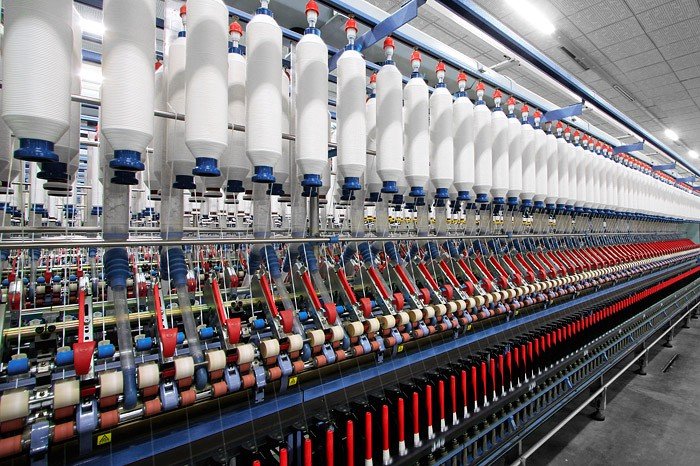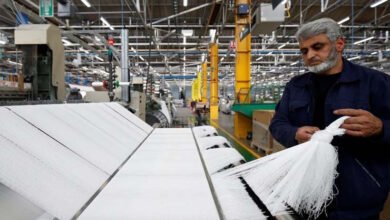Imminent Closure of Punjab Export Industries; APTMA Warns Govt

Textile exports witnessed a massive increase of over 55% in just two years: from $ 12.5 billion in FY 2020 to $19.5 Billion in FY 2022 as a direct consequence of the competitive energy tariff.
The industry as a consequence of the improved competitiveness invested a further $5 billion in the expansion and new projects which enhanced the available export capacity by another $5-6 billion. Pakistan was therefore well on the way to achieving $26 billion in textile exports in 2023. This momentum is being lost.
Read also
PALSP asks SBP to take urgent action to open LCs
The total cost of regionally competitive energy tariff (RCET), if the differential is treated as the subsidy/cost is 2.67% as per the table given below.
The actual cost of service (excluding cross-subsidy is 9.3 cents/kWh which implies that the government is not providing a subsidy to EOUS but indirectly to other sectors primarily the domestic sector. The narrative that the government subsidizes the textile sector is therefore inaccurate and needs to be revisited.
Sir, it is universally acknowledged that taxes, cross-subsidies and inefficiencies cannot be exported. The regionally competitive electricity tariffs depicted below highlights the cross- subsidy element when comparing to other competing countries’ tariffs and the cost of service for B-3 and B-4 in Pakistan.
Average Exchange Rate 2022 USD 01-PKR 204.9
The decision of the government to suspend the regionally competitive energy tariff (RCET) of electricity for EOUS across Pakistan will render the textile industry, especially in Punjab, uncompetitive within the country and the region. This particularly hurts Punjab-based industries. The price differential between effective electricity prices in Punjab and Sindh is more than 3.65 times as EOUS in Sindh can generate electricity at Rs.11/kWh from gas being provided at $4/MMBtu while Punjab gets gas/RLNG at $9/MMBtu.
The gas/RLNG being provided to EOUS in Punjab also comes with the caveat that it will not be used for electricity generation. Therefore, the only available energy for EOUS in Punjab after March 1st, 2023, will be grid electricity at over Rs. 40/kWh. This will necessarily shift available orders to cheaper alternatives internationally and within Pakistan. The grid electricity apart from being uncompetitive is unreliable and substandard, reducing effective production capacity by over 25%.
This anomaly is further compounded by the intermittent supply of gas/RLNG to Punjab-based EOUS which has been at times nil supply, 25% supply, and 50% supply based on average consumption of August, September, and October 2021. This method also ignores new projects/expansions etc. rendering non-operational, a significantly enhanced capacity through Terf, etc. over the last two years. Under these circumstances, in addition to the jobs already lost in the past few months, there will soon be further major layoffs leading to significant unemployment of more than 10 million workers in Punjab.
Under these circumstances and facts expounded above the government is requested to:
- Create a level playing field within the country by implementing a uniform gas price of . $7 per MMBtu for the export industry across the country.
- Maintain Rs.19.99/kWh for the export sector across the country to retain competitiveness across the country and internationally.
- Accord first priority for gas supply to captive power plants of the export-oriented sector.
Sir, your urgent intervention is needed to correct this inexplicable disastrous policy and to safeguard Pakistan’s exports and employment. Pakistan cannot afford deindustrialization in Punjab and further deterioration in the balance of payments (Loss of~ $10 billion Exports per Annum).








